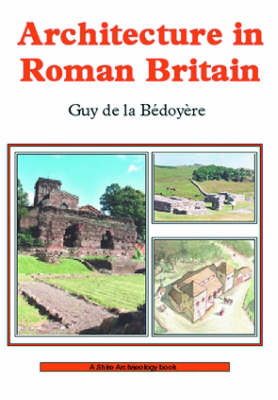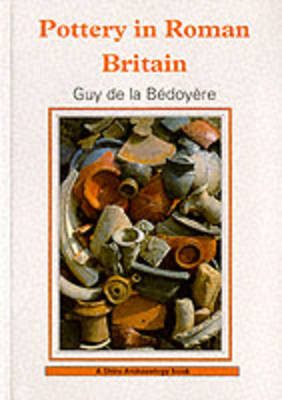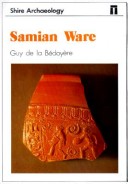Shire Archaeology
3 primary works • 4 total works
Book 8
The Roman period was Britain's first great architectural age, though this is difficult to appreciate from the ruinous state of the sites that survive. Understanding the types and range of buildings that existed in Roman Britain depends on careful excavation of foundations and wall footings, together with fragments of windows, roofs and carved architectural decoration discovered among the debris. When this evidence is taken together with examples of better-preserved buildings that still exist in Europe, the Near East and North Africa, it is possible to recreate something of the architecture of Roman Britain. This book looks at how in a few years Britain witnessed the design and erection of an astonishing range of buildings, from mundane and functional houses through to exotic temples and ambitious civil engineering projects. Some of Britain's Roman architects turn out to have been innovators. Reconstruction drawings and paintings by the author bring these vanished buildings back to life and recreate a lost world of forts, basilicas, theatres, baths, arches, classical temples, villas and lighthouses.
Book 79
Roman archaeological sites in Britain produced huge quantities of pottery providing vast amounts of information about technology, trade, wealth, industry and lifestyle.
Book 80
During the Second World War an average of five aircraft crashed every day in the British Isles. Their remains provide an opportunity for archaeological and historical study. This book is a wide-ranging introduction to the aircraft, the airfields, the documentary record and the memorials to the men and women who gave their lives in the air war.



